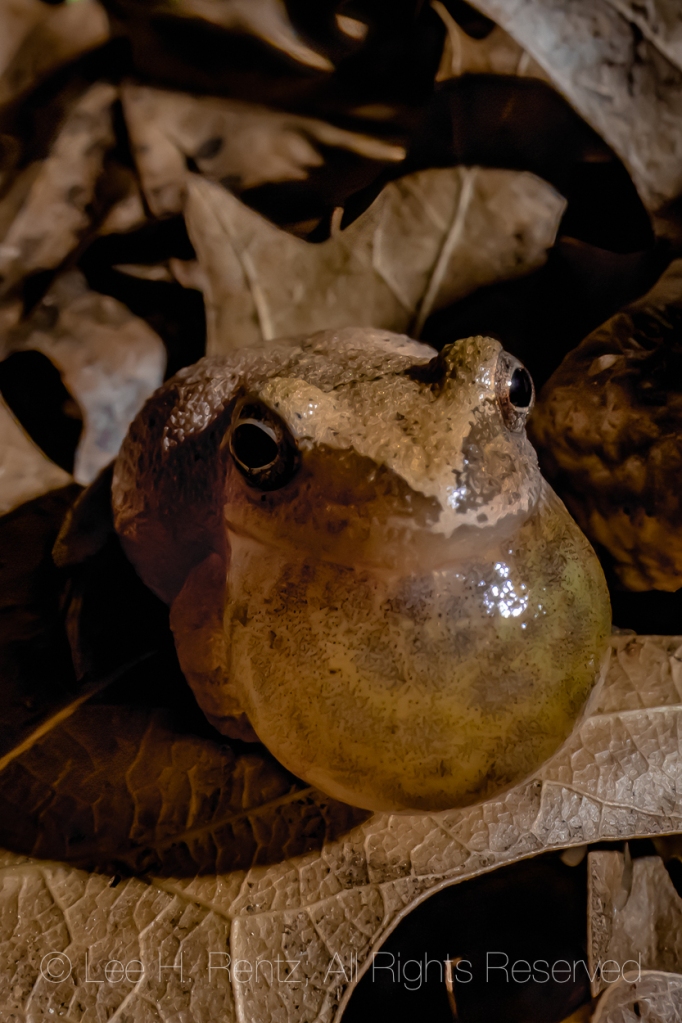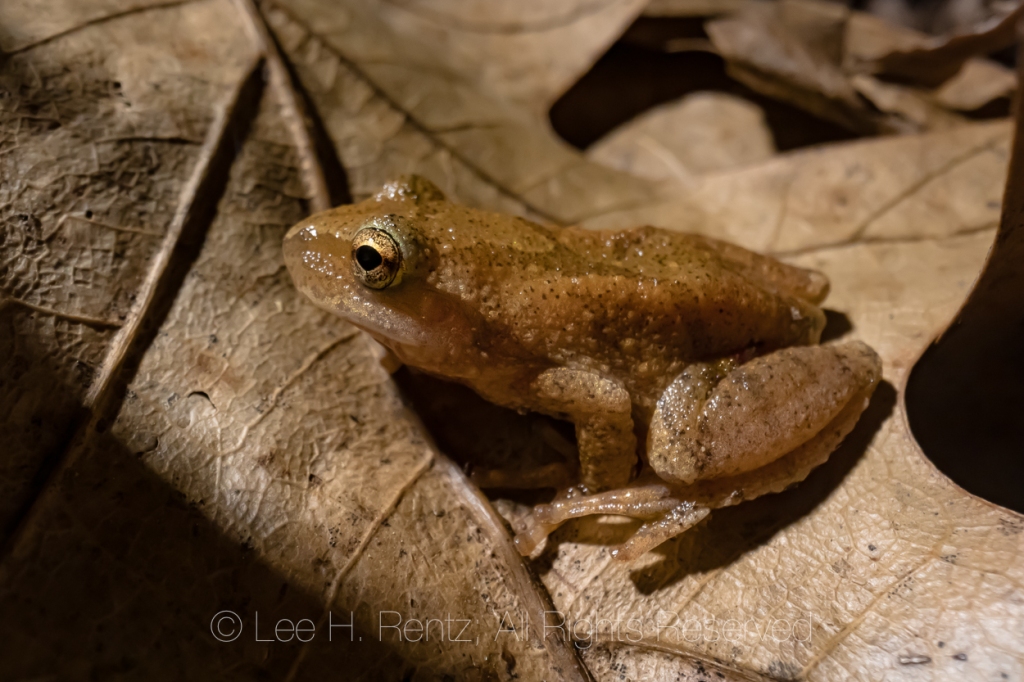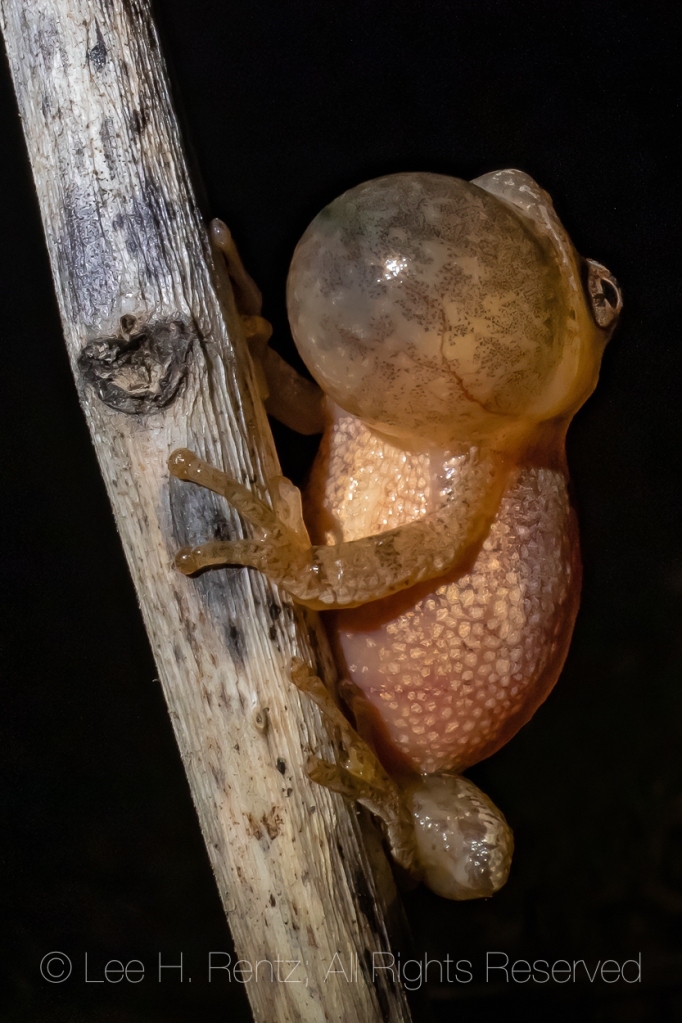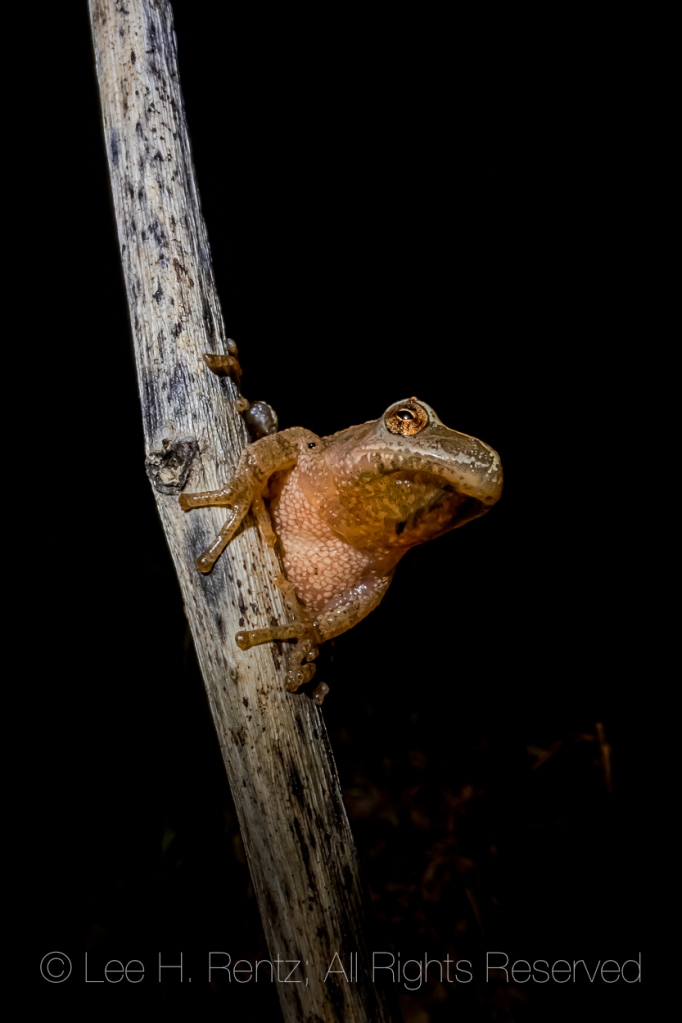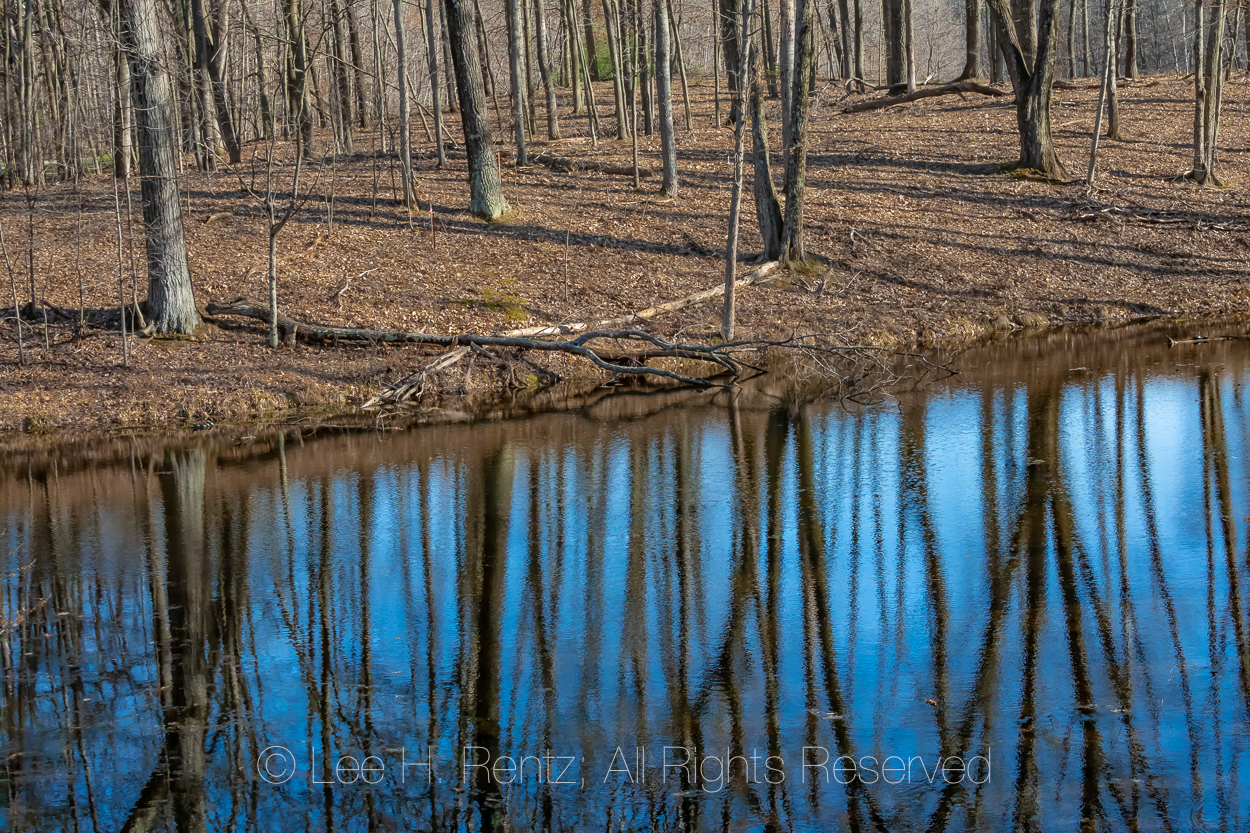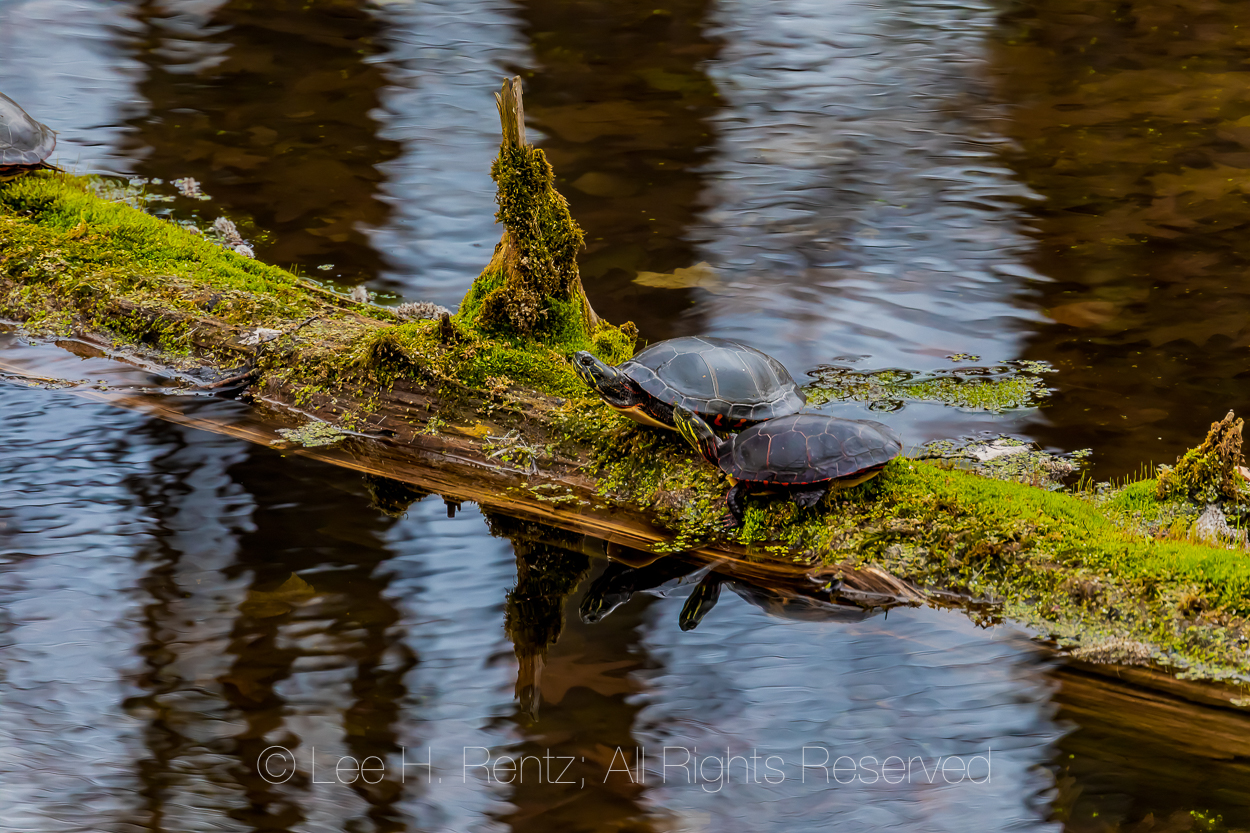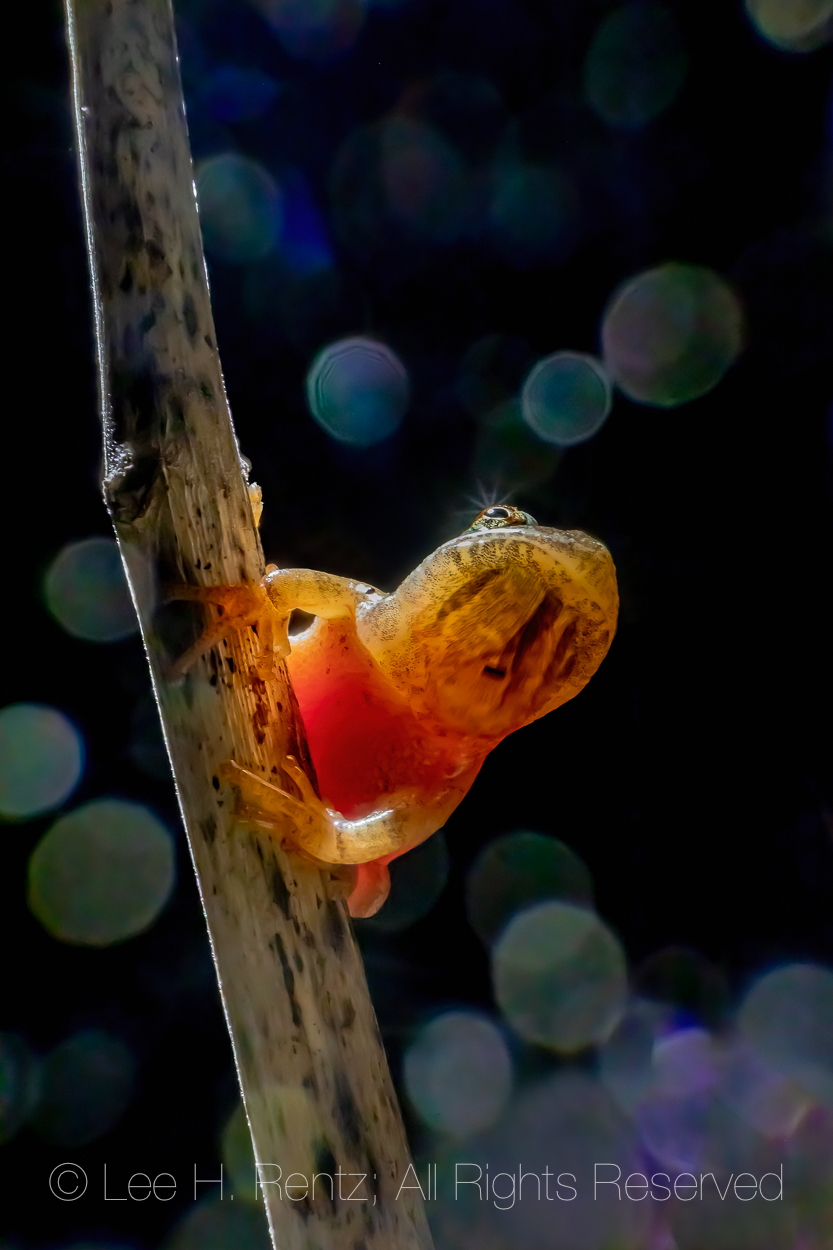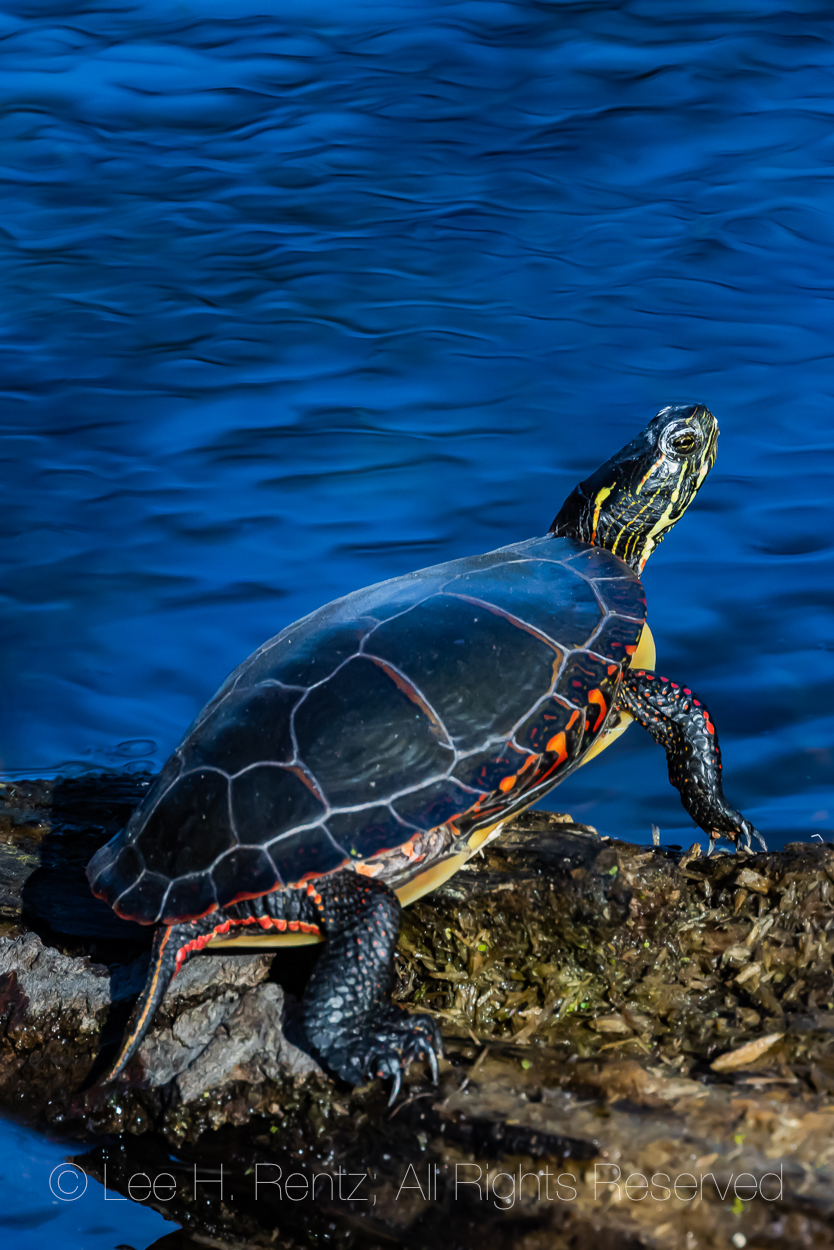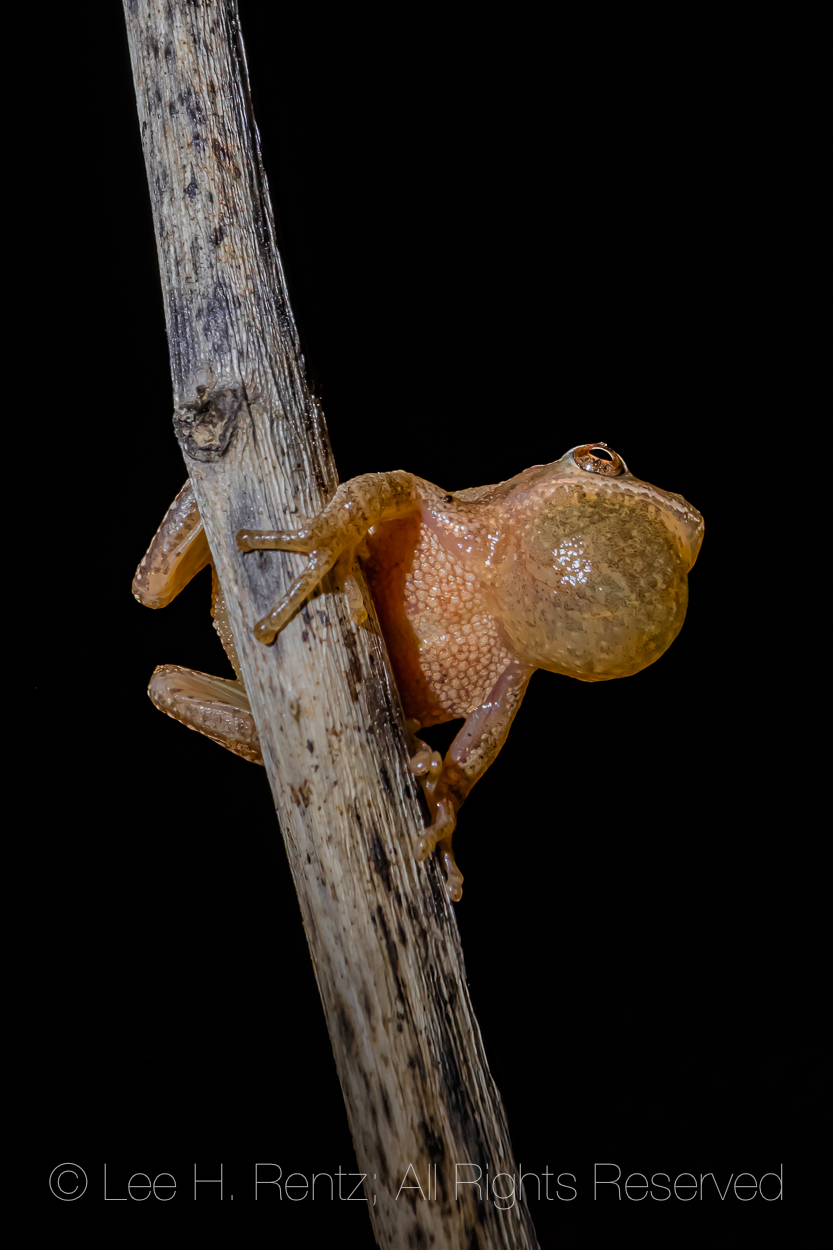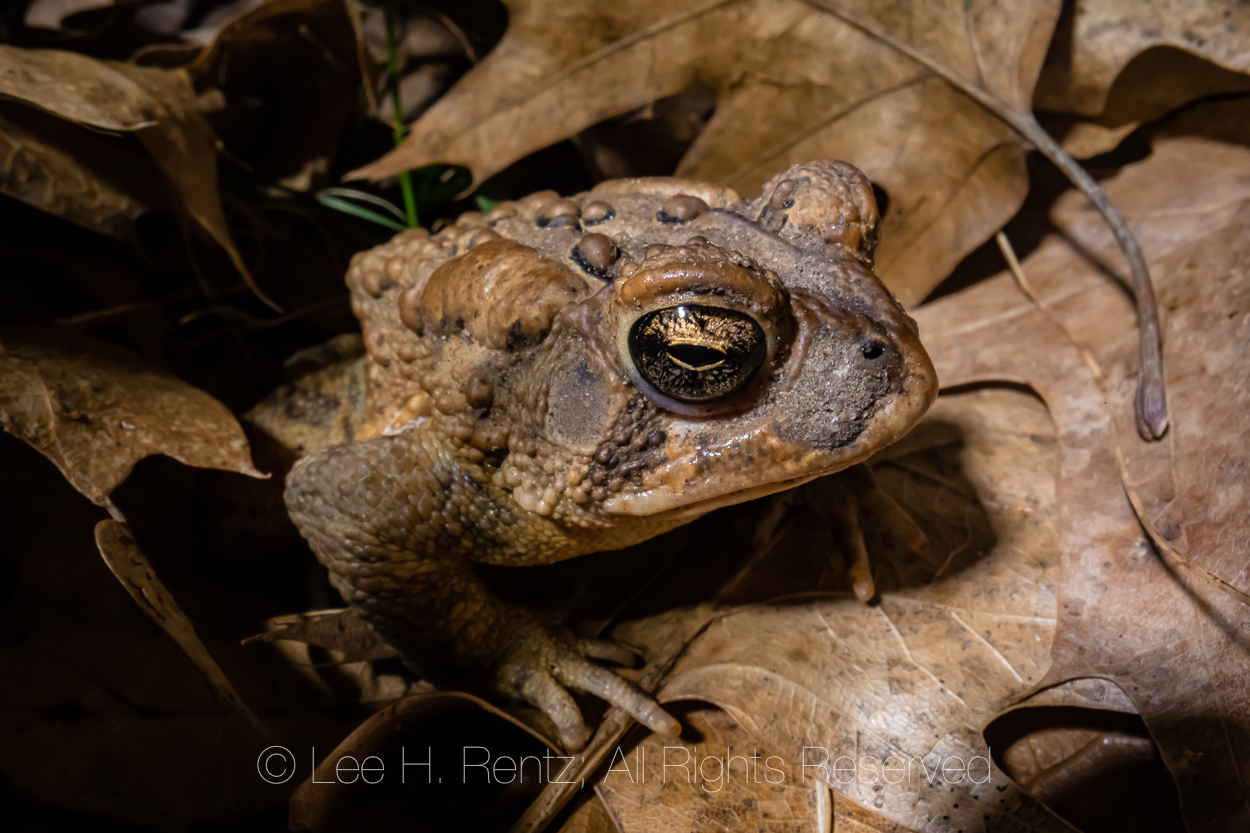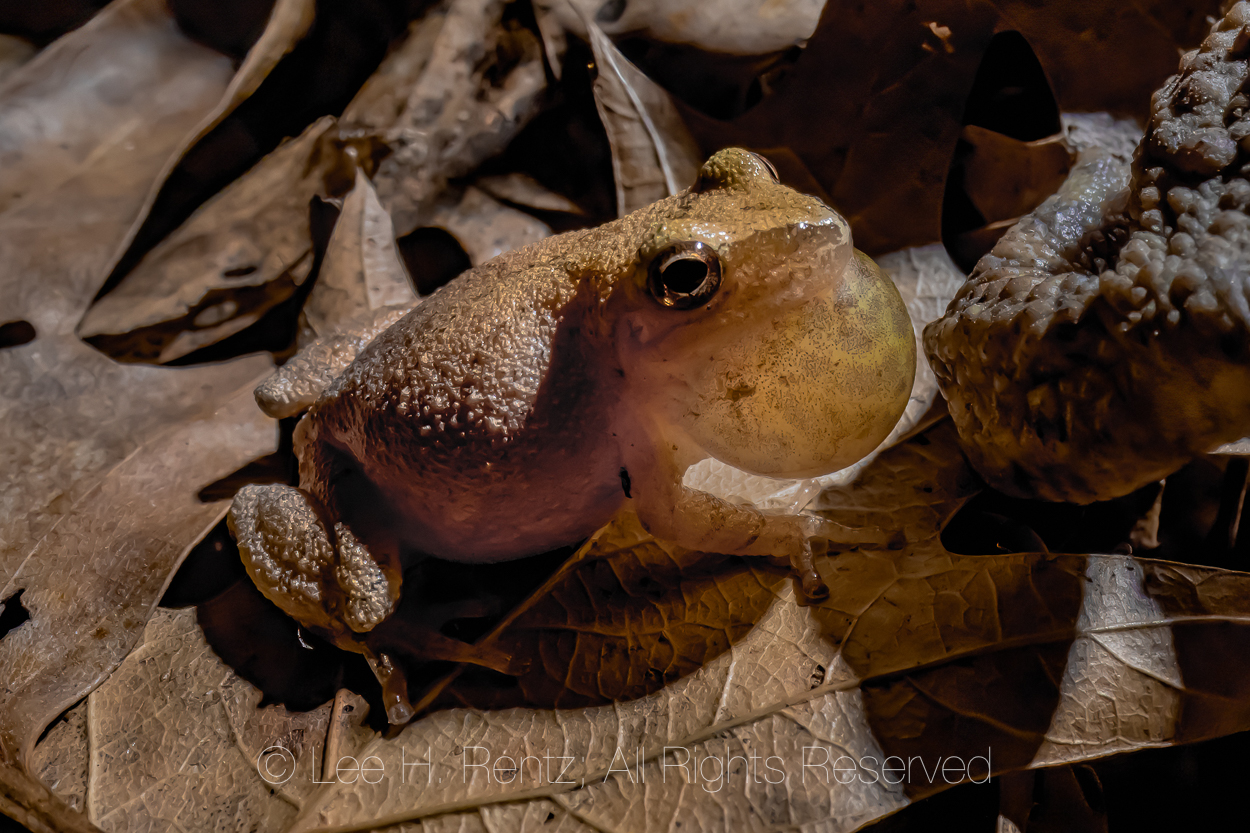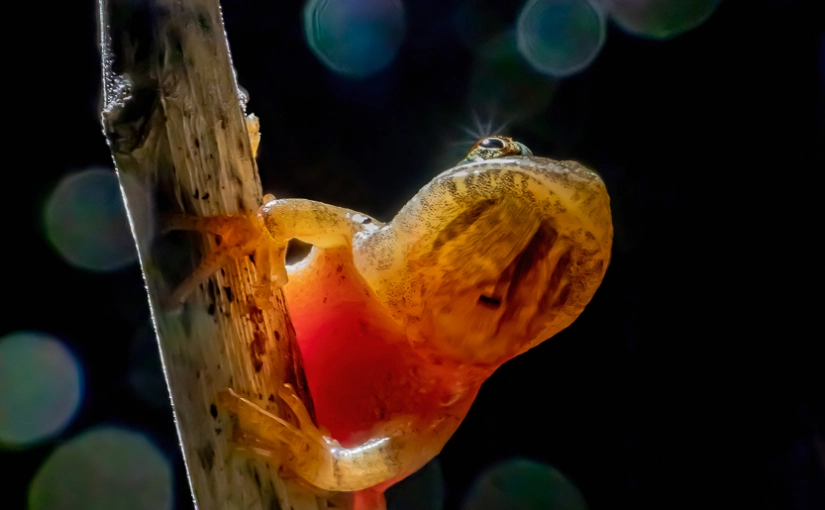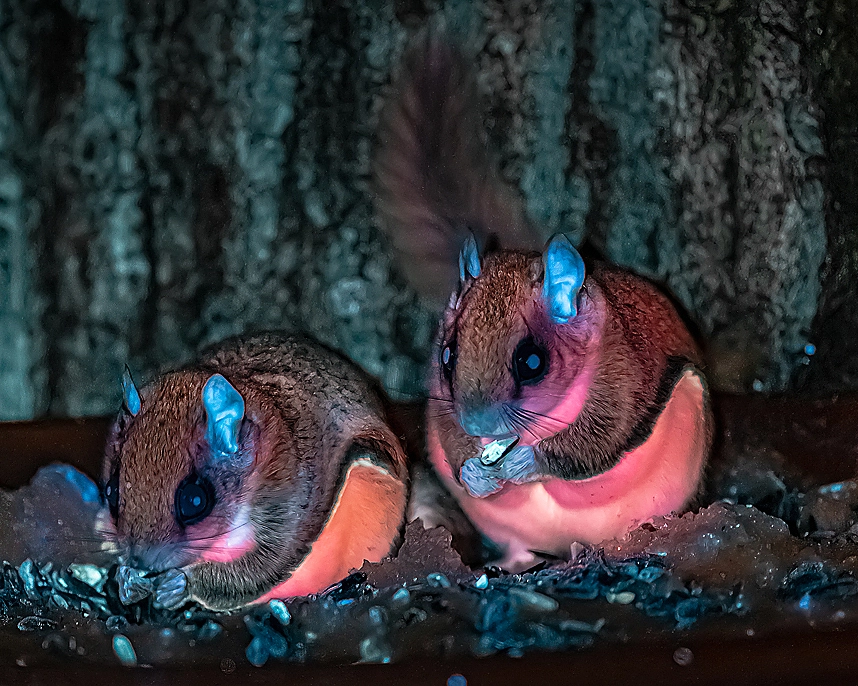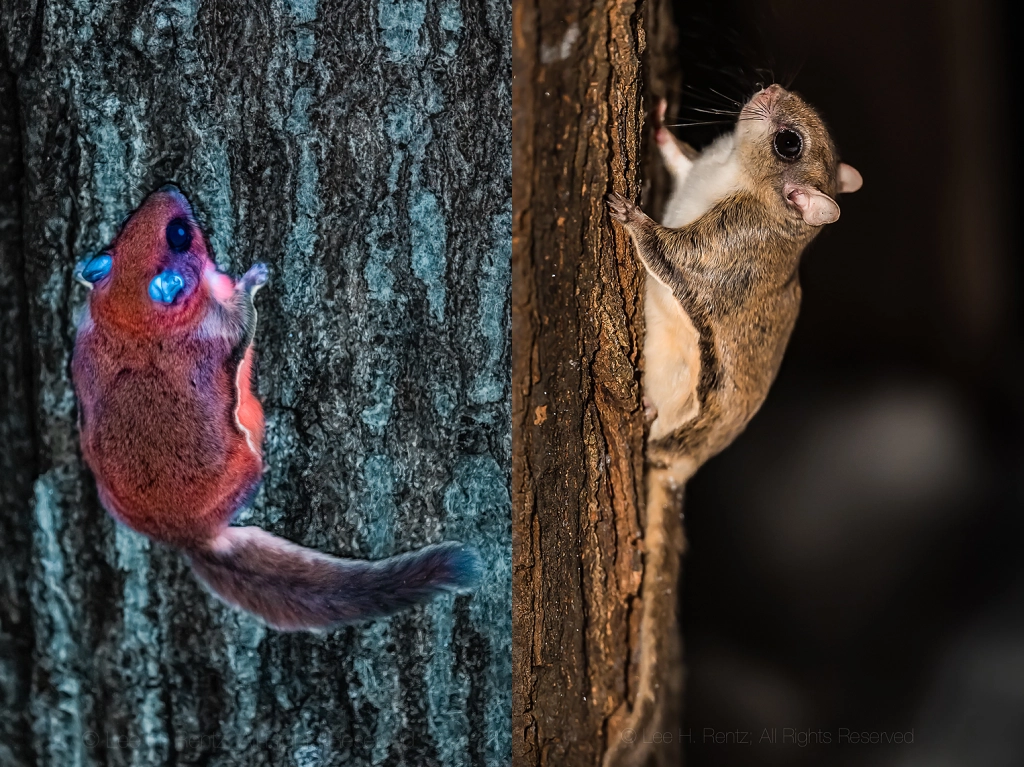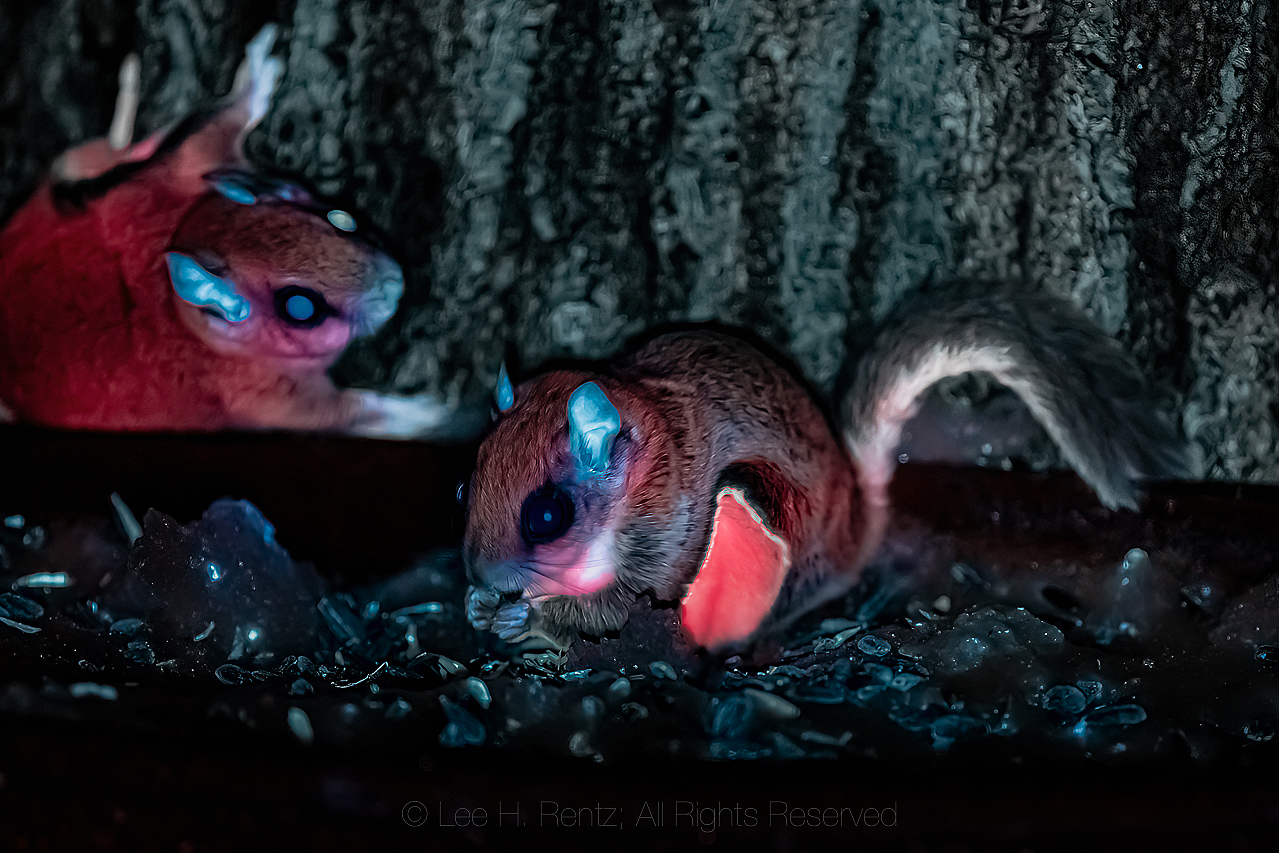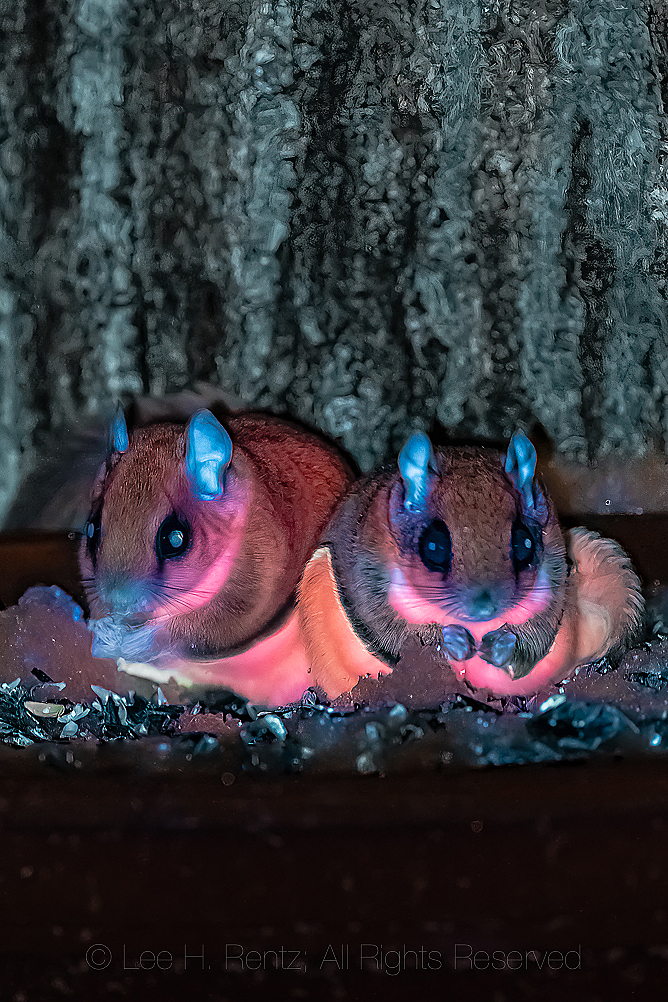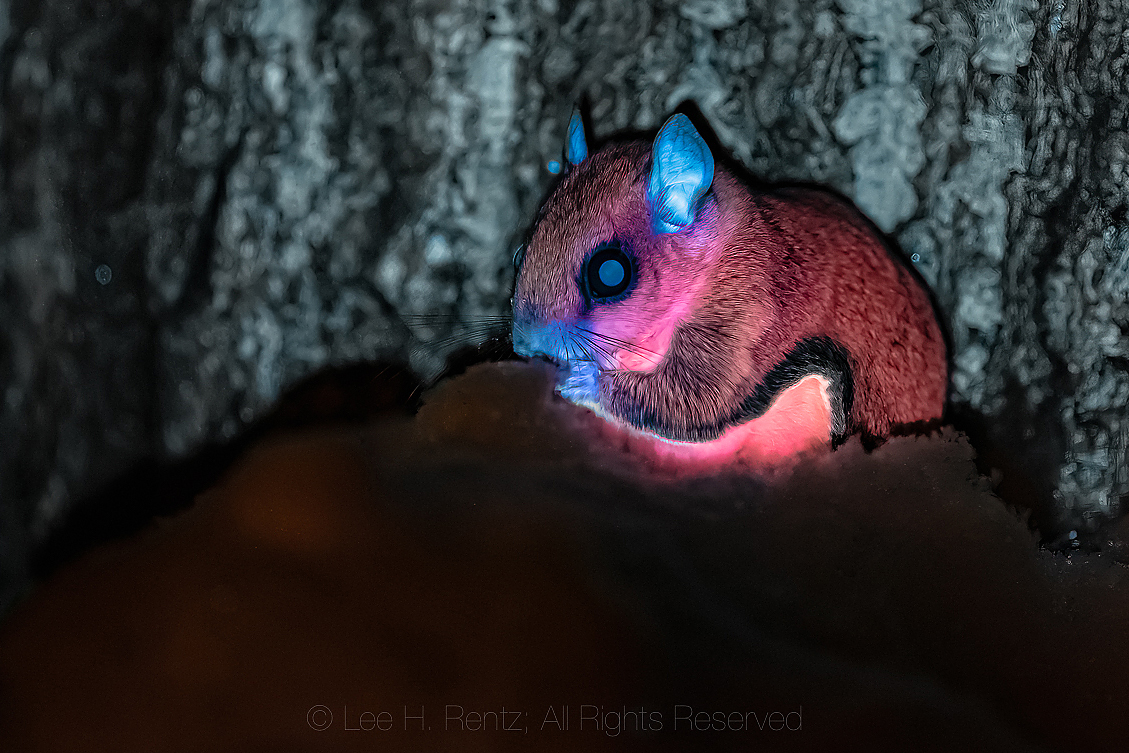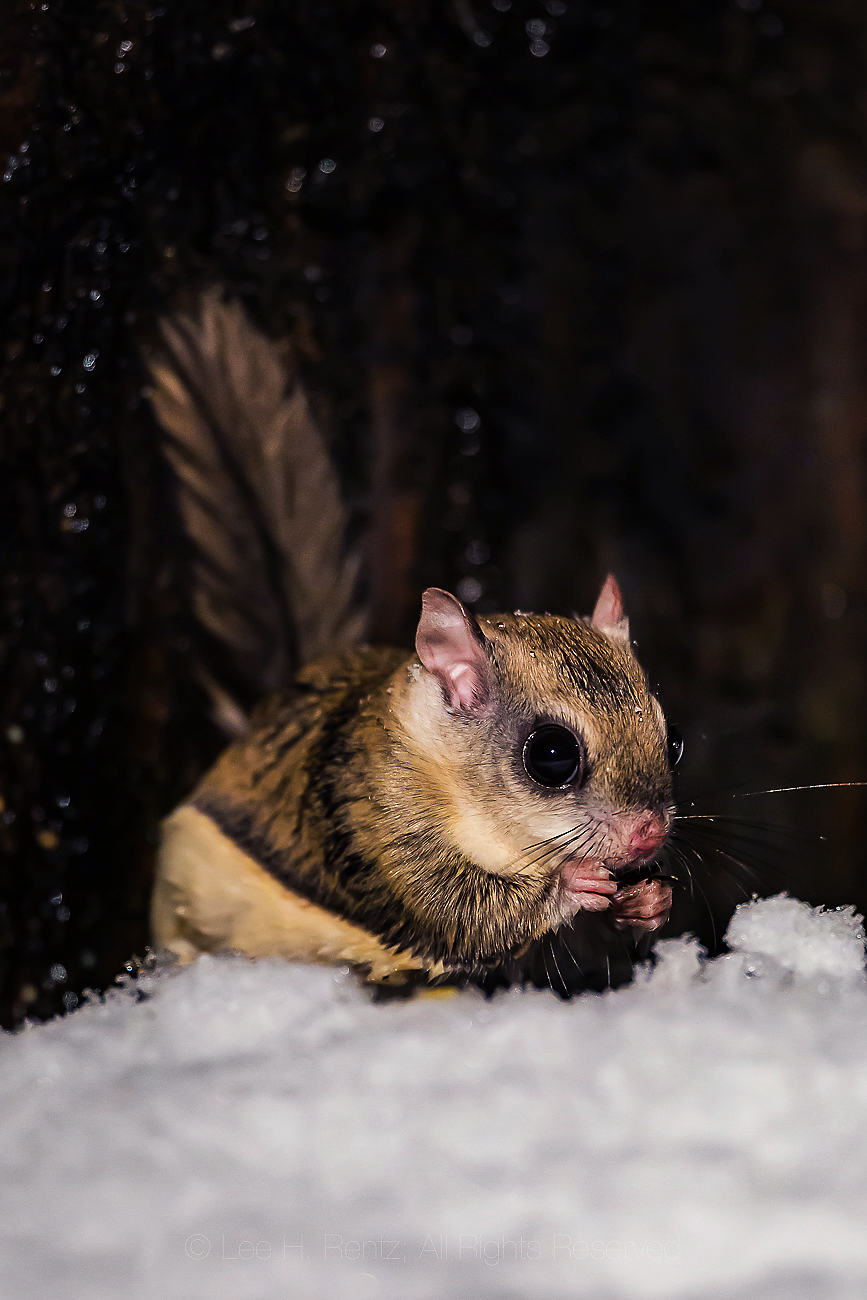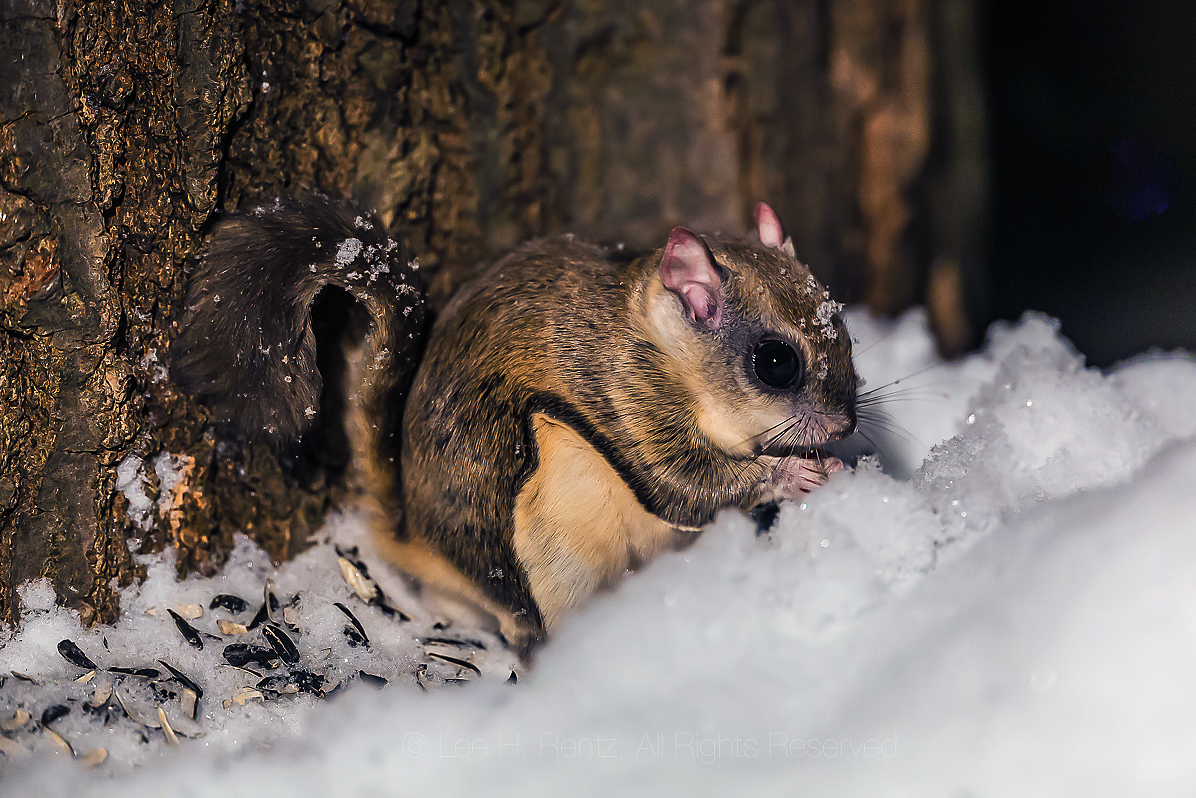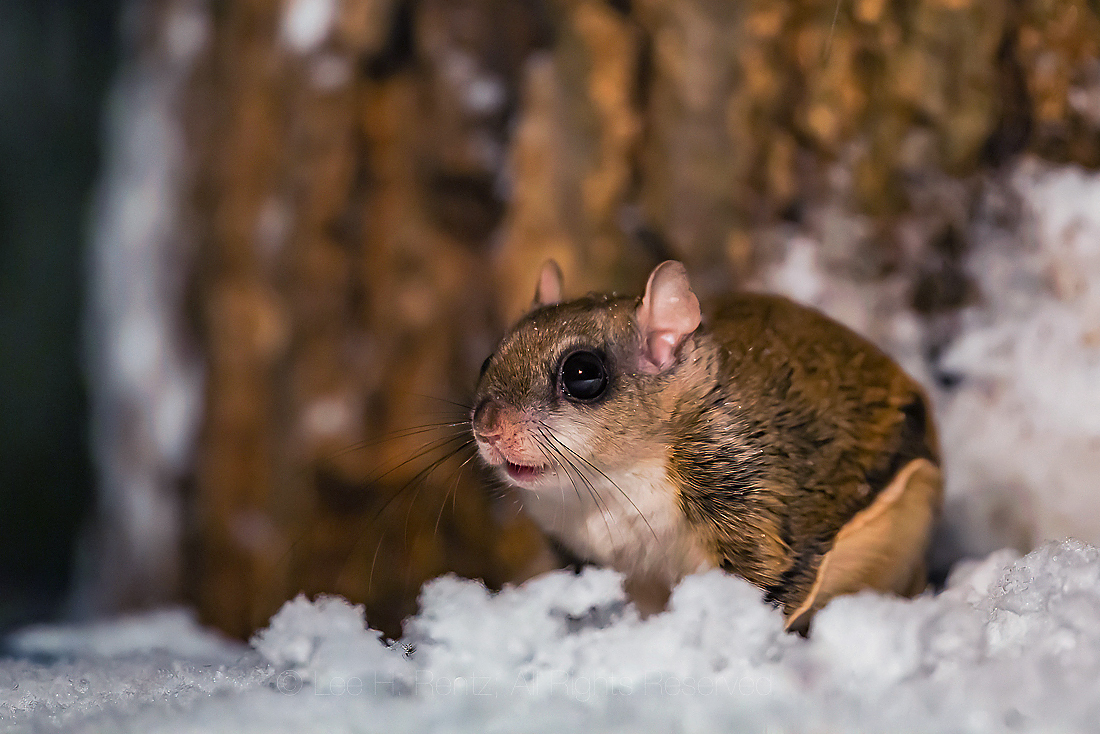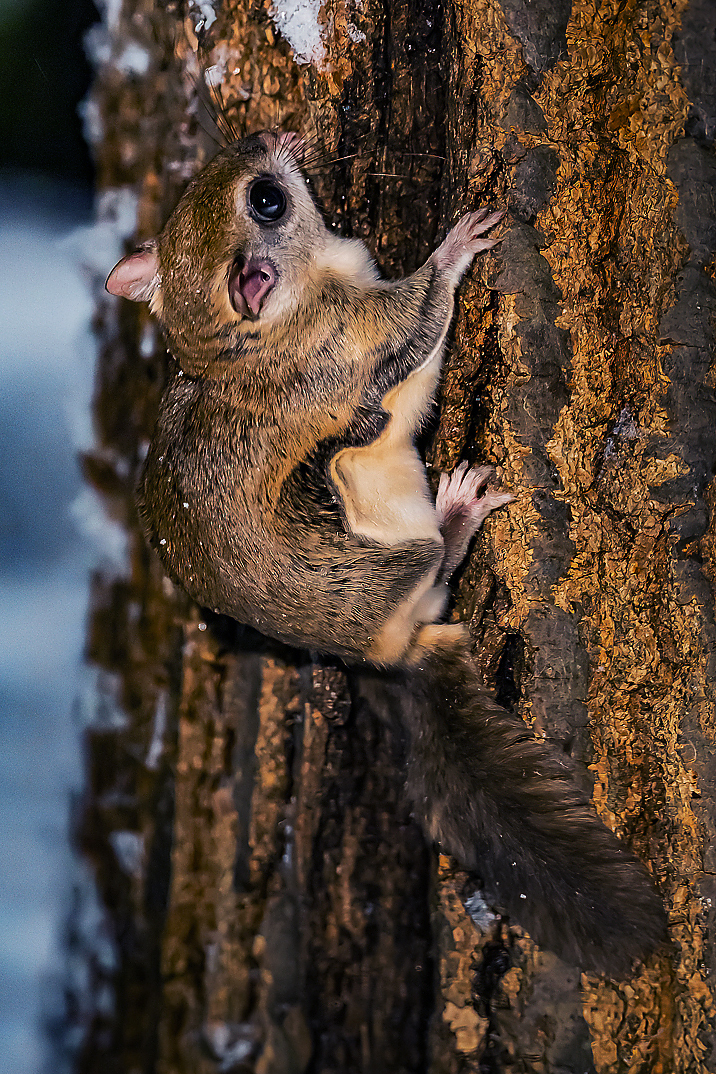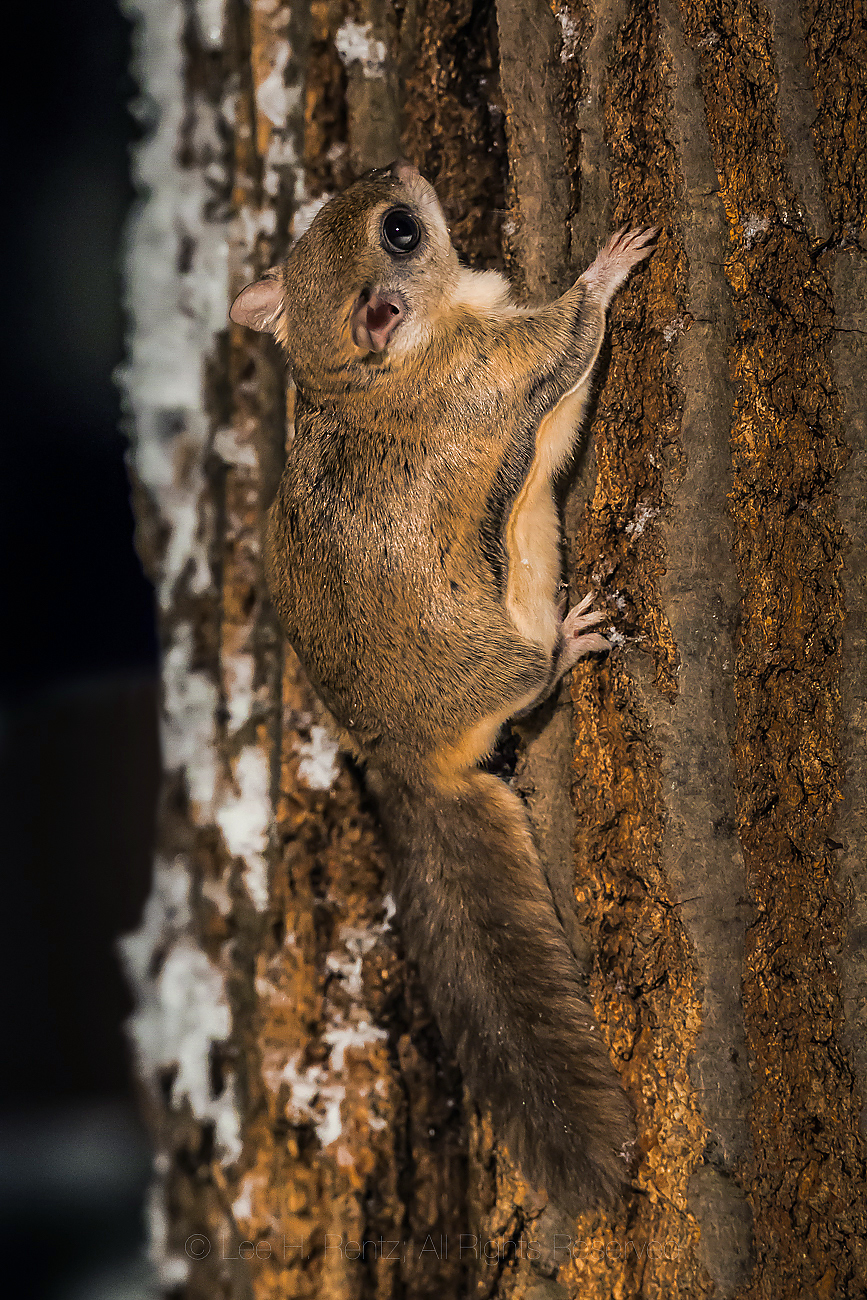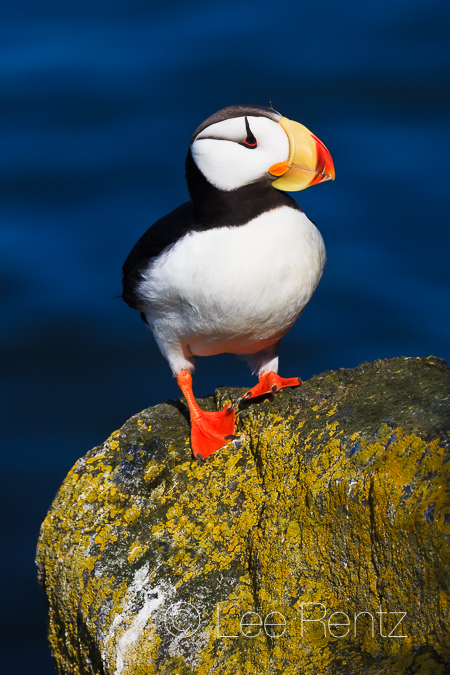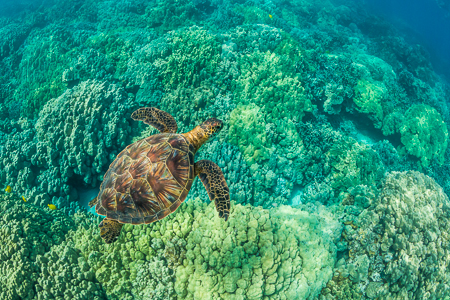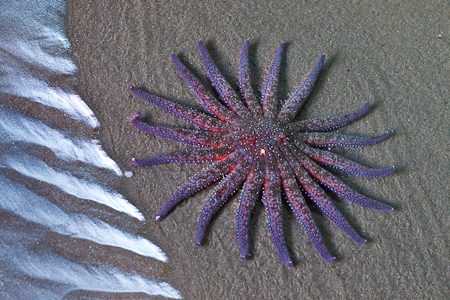
We almost lost the Island Fox, whose numbers plummeted from over 2,000 to under 100 in a few short years on Santa Cruz Island, due to a complex chain of events set in motion decades ago. This blog describes the ways that people affected the wildlife and plants of Channel Islands National Park, and how the National Park Service and its allies in conservation have attempted to rescue some of the iconic native creatures and restore the fragile ecosystems of these islands located so close to the millions of people living along the southern California coast.
The rat’s dark eyes reflected the full moon as it twitched its whiskers, sniffing the air. Nearby, a newly-hatched seabird, fluffy and vulnerable, scrambled around its mother as she waited patiently for others to hatch. The rat, sensing the vulnerability of a baby, dashed in for a quick take, grabbing the tiny chick and then rushing up through the rock crevice, its naked rat tail trailing like a snake.
The next morning, two fox kits played by their den, tugging on a fallen eucalyptus branch and wrestling together in the dusty earth. High above, a predator watched with eagle eyes as it floated on currents of warm air. An ache of hunger stirred in its cells, an ache that two days ago was satisfied by zooming down on a squealing piglet. Adjusting its wings, the Golden Eagle plunged at dizzying speed, opened its talons, and snatched the tiny fox. The kit never saw it coming, but his sister did, and she learned a lesson in horror that arrives unexpectedly from the sky.
When I visited Channel Islands National Park in April 2012, it struck me that the Channel Islands are a virtual laboratory for many of the great conservation disasters and subsequent restoration stories of the last 50 years. These rocky outcrops and their creatures have endured DDT poisoning, a major oil spill, overgrazing, overharvesting, invasions of alien animals and plants, endangered species, and now the threat of ocean acidification.
The National Park Service is steward of land on five of the Channel Islands, and has made a heroic effort to restore the islands to something closer to their historic natural state. This effort has come at the cost of controversy and lawsuits, but the National Park Service has stayed the course; the islands and their native plants and animals are better for the effort.
 Santa Cruz Island has a long history of ranching and farming, but it has also supported endemic animals and plants in wild ecosystems–creatures found nowhere else on earth.
Santa Cruz Island has a long history of ranching and farming, but it has also supported endemic animals and plants in wild ecosystems–creatures found nowhere else on earth.
Santa Cruz Island
Some 10,000 years ago, Earth was emerging from an ice age and the Channel Islands were experiencing monumental changes. At that time, so much of the earth’s water was locked up in glacial ice that the vast oceans were lower, exposing more of the coastline. Four of today’s islands–Anacapa, Santa Cruz, Santa Rosa, and San Miguel–were combined into one large island known as Santarosae. With the sea level 300 feet below today’s level, the island was much larger than the four remnant islands of today.
The prime herbivore of the islands, the Channel Islands Pygmy Mammoth (the mother of all oxymorons–but the pygmy mammoth indeed weighed only 10% as much as its mainland ancestors), which had grazed these windswept landscapes for eons, suddenly disappeared. Forever. Did it have something to do with the arrival of people at roughly the same time? Perhaps. From the admittedly spotty, pieced-together timeline that scientists have constructed based upon remains of mammoths and people, it appears that the mammoths disappeared shortly after the arrival of the first humans. Did these Chumash people ram spearpoints into the last 2,000 lb. beast of its kind? We may never know, but I’m placing my bet on a simple “yes.”
But enough of ancient history; the Chumash people came to a rough balance with the other island inhabitants for the next 10,000 years, so we’ll cut them some slack for the vanishing mammoths. Especially since they themselves disappeared from the islands in historical time, coinciding with the invasion of the Europeans, and all the cultural changes and diseases and opportunities that made for huge societal changes in native peoples across the continents.
 People have been a part of Santa Cruz Island for some 10,000 years
People have been a part of Santa Cruz Island for some 10,000 years
The Chumash did manage to live in harmony with the little Island Foxes and the strikingly blue Island Scrub Jays. As well as the Sea Otters that fur traders eliminated from the Channel Islands, and the abalones that have become so scarce due to overharvesting and poaching that they have largely disappeared from California dinner tables.
Next on the scene were ranchers. Santa Cruz still has historic ranch buildings, roads, orchards, stone piles, and other artifacts that represent some 150 years of agricultural operations. Generations of ranchers carved a living out of this island. With the island’s Mediterranean climate, olive groves and vineyards prospered; the latter until Prohibition. Sheep grazed the hillsides. Pigs and other farm animals became a common sight and smell on the island. Eventually, pigs escaped and sheep ventured into inaccessible places, so the island had some new creatures enjoying their newfound freedom.
 An old fence in Scorpion Canyon speaks of the ranching that occurred here for over 100 years
An old fence in Scorpion Canyon speaks of the ranching that occurred here for over 100 years
As agriculture thrived on Santa Cruz, the California mainland was becoming a bleeding edge of industrial America. By the 1950s, Bald Eagle nests had completely disappeared from the Channel Islands, where there were previously two dozen. The culprit? DDT. The industrial strength pesticide, sprayed nearly everywhere in the world where mosquitoes were a problem, had side effects. Yes, a DDT scientist claimed that the chemical was perfectly safe, each year shocking the students in his classroom by eating a spoonful of the stuff. And, yes, like many baby boomers who camped in the late 1950s in state parks, I inhaled big gulps of the chokingly thick DDT fog that park staff sprayed through the campgrounds, and I’m still alive. So far.
Birds weren’t so lucky. DDT thinned their eggshells, especially the eggshells of birds higher on the food chain; when a Bald Eagle or a Peregrine Falcon or a Brown Pelican would sit on the eggs, the thin shells would crush under her weight. This was a problem across North America, but the Channel Islands had a special problem: they lay just offshore from a major DDT manufacturer. The Montrose Chemical Corporation had its DDT plant in the Los Angeles area, which EPA estimates dumped 1,700 tons of DDT into the sewer system and subsequently into the Pacific Ocean before the plant closed in 1983. Over the decades, that DDT, residing on the bottom sediments of the Continental Shelf, made it into the food chain, contaminating fish and the creatures that eat the fish–including the Bald Eagles, Brown Pelicans, and Peregrine Falcons that nested in the Channel Islands.
By sometime in the 1950s to 1960s, all the Bald Eagles were gone from the islands. Fish and small ducks breathed a sigh of relief and perhaps the sharks ate better than they used to, but those of us who loved our national bird were in shock. The Endangered Species Act, created during the Nixon administration, was a response to seeing such a rapid decline in some of America’s most charismatic creatures.
The late 1960s were a time of budding consciousness for the environmental movement. I was taking Introduction to Ecology 301 at the University of Michigan in 1969, and I remember coming into the classroom and hearing about the Santa Barbara oil spill that had just happened. An offshore oil well had blown out, allowing millions of gallons of oil to float atop the Santa Barbara Channel, killing thousands of seabirds and marine mammals. This sad event spurred the movement tremendously with the clear and present danger of careless drilling. When the spill occurred, oil-soaked birds and marine mammals were shown nightly on national news as they washed up on once-pristine California beaches, feathers saturated with black oil. It was a sight that many never forgot, and thousands of Channel Islands birds and marine mammals were affected. Volunteers worked tirelessly to clean feathers of birds coated with petrogoo–an effort that unified environmentalists and animal lovers in an emotional and physical struggle to reverse the damage. Tragic oil spills have occurred since then in Alaska and the Gulf of Mexico, and the terrible results have been similar. At least we now have protocols for attempting to clean up the mess, for which we can thank the Santa Barbara spill.
Meanwhile, island pigs were multiplying like rabbits (though the island had no rabbits). When conniving pigs escaped their fences, they took off squealing with the glee of freedom, heading into the mountains of Santa Cruz. In their happiness, they enjoyed sex in the wilderness, and made lots of little piglets to root around among rare plants, dig holes in old Indian camps, and generally make a mess of the island. This might sound cute enough, but the spectre of a 400 lb. boar surprising a hiker on a trail is enough to send a mental warning of what a big pig can do.
The little pigs rooting everywhere on Santa Cruz then attracted a predator, the magestic Golden Eagle, that had only occasionally visited the island in the past. When the Bald Eagles nested on Santa Cruz, they ruled the skies with shows of aerial strength, and kept away the Golden Eagles. But when the Bald Eagles disappeared, the Golden Eagles sensed a vacuum and moved in for the kill … of piglets. There was so much pork that the Golden Eagles decided to nest on Santa Cruz.
All would have been wonderful had the Golden Eagles eaten a strict diet of pork, but in eagle fashion they decided that the tiny Island Fox also made a delightful meal. As a result, the Island Fox population on Santa Cruz plummeted from about two thousand in 1994 to under a hundred some seven years later, and the very survival of the species was at stake. The National Park Service had a choice: they could let nature take its course, in which case an entire charismatic species would disappear; or they could take action to save the Island Fox.
 Two Island Foxes greet each other affectionately
Two Island Foxes greet each other affectionately
It was not only the survival of the Island Fox that was at stake: there were also Chumash archeological sites and a wealth of endemic plants–plants found nowhere else on earth–that were being absolutely hammered by the pigs and sheep. The National Park Service has a mandate to preserve the landscape and its wild creatures, so they had to come up with a comprehensive plan. This was to be done in coordination with The Nature Conservancy, which owns and manages well over half of Santa Cruz Island.
Nothing is ever easy these days, when so many interest groups and individuals believe that they truly represent nature, or wildlife, or common sense, or industry, or …
One of the first steps the National Park Service took was to remove 16 wild horses, or more properly, “horses gone wild,” from the island. Had the horses remained, they would have gone forth and multiplied, and added even more pressure on the island’s natural inhabitants. But, for every bureaucratic action, there is a reaction. The National Park Service was sued by the Foundation for Horses and Other Animals Inc., a group that wanted the horses to remain. After the group lost its initial court battle and subsequent appeal, the way was clear for the NPS to remove the horses. They did it in the face of last minute pressure from the local congresswoman, but all 16 horses were removed, alive and kicking, and placed in a mainland sanctuary.
Next, the 2,000 sheep on the island were removed and transported to the mainland. Sheep are not as charismatic as horses, so there was much less controversy about this removal.
 Skull of a sheep that died on Santa Cruz Island; at one time there were 2,000 sheep grazing on the island
Skull of a sheep that died on Santa Cruz Island; at one time there were 2,000 sheep grazing on the island
Pigs were another matter. The National Park Service and The Nature Conservancy decided that the pigs had to be killed rather than live-trapped. The now-wild pigs had diseases such as cholera and pseudorabies that meant they could not be safely transplanted to the mainland.
 Dramatic clouds over the hills of Santa Cruz Island
Dramatic clouds over the hills of Santa Cruz Island
The plan was to construct electric fences to contain the pigs, then shoot them from helicopters and use a defoliant to kill a favorite pig food, the invasive Fennel. A group sprang up to oppose pig removal, the Channel Islands Animal Protection Association (CHIAPA), and held several raucously emotional public meetings to discuss the proposal. A journalist for the student newspaper of the University of California, Santa Barbara, reported on the first meeting, quoting a spokesman of CHIAPA as saying “The pigs have been demonized and accused of imaginary crimes.” A colleague opined that “The Island Fox population was robust until The Nature Conservancy took over the island … the finger goes right to The Nature Conservancy for causing the near extinction of the Island Fox (this person claimed that the Golden Eagles were drawn to the island by rotting sheep carcasses when the sheep were removed). The latter spokeswoman also said that “This is literal warfare. They are defoliating the land so they can gun down the enemy.”
Despite the controversy, a company from New Zealand indeed executed the pigs–all 5,000+ of them–in 2005. That action meant that the island’s native plants and foxes had a better chance of surviving.
The next step was to relocate the Golden Eagles, in order to preserve the Island Foxes, whose numbers were now far less than 10% of what they were just a decade before. An elaborate plan was devised to live trap the eagles, then move them back to a distant place on the mainland. This effort went well, and over 40 Goldens were trapped and transplanted. They have not returned.
 Ravens are part of the native fauna of the Channel Islands
Ravens are part of the native fauna of the Channel Islands
At about the same time, ten pairs of the increasingly scarce Island Foxes were rounded up and moved to a captive breeding center, in order to try and give the fox population a jump start. Fortunately, it worked wonderfully, and in a few short years the fox population is back to its natural levels.
 Island Foxes are tiny; only about a quarter of the size of their mainland ancestors, and about the size of a typical house cat
Island Foxes are tiny; only about a quarter of the size of their mainland ancestors, and about the size of a typical house cat
Meanwhile, Bald Eagles have been reintroduced to the islands and have started nesting again, as have the Peregrine Falcons that went through a captive breeding and reintroduction program starting in the late 1970s.
So, Santa Cruz has gone from an island with a dozen species in danger, to an island that is recovering nicely. On my trip to the island, I saw about two dozen Island Foxes in three days, as well as a Peregrine Falcon and some of the endangered plants that are returning from the brink of extinction. The slopes no longer have the denuded look that the sheep brought, and the diggings of pigs no longer threaten archaeological sites and native plants. Island Foxes no longer have to worry about death diving from the sky. All is well …
 Greene’s Liveforever and several of its island relatives were negatively affected by the 5,000+ pigs running wild on the island
Greene’s Liveforever and several of its island relatives were negatively affected by the 5,000+ pigs running wild on the island
Anacapa Island
Anacapa Island is far smaller than Santa Cruz Island, and the challenges have been different. There are no foxes on Anacapa, as it is too small to support a fox population. It does have major populations of nesting seabirds that have faced tremendous challenges.
Anacapa supports one of the two American breeding colonies of California Brown Pelicans, but DDT poisoning had the same effect on their eggshells as it had on Bald Eagles. In 1970, only ONE pelican chick hatched and survived in the entire colony. Recovery began soon after DDT was banned, and there are now about 4,600 pelican nests on West Anacapa–a remarkable recovery from the brink of extinction. There are still challenges: nighttime squid fishing disturbed the birds and led to some nest abandonment a decade or so ago, but now there is a buffer zone. Hikers are not allowed close to the colony.
 View west from Inspiration Point along Anacapa Island and toward Santa Cruz Island
View west from Inspiration Point along Anacapa Island and toward Santa Cruz Island
Another major challenge came to the islands earlier. About 150 years ago, a ship named after Mexican-American War hero Winfield Scott ran aground on the rocks just off Anacapa Island. Everyone aboard was eventually rescued, but the Black Rats on board decided to rescue themselves, and many swam successfully to shore, where they colonized the island and found a rich food source in the seabirds that called Anacapa home. They devoured eggs and chicks of such rare and threatened species as the Xantus’s Murrelet. They bred like rats, of course, and soon thousands of them were swarming over the tablelands and cliffs of this small island. A few years ago, the National Park Service mounted an all-out assault on the rats, completely eliminating the creepy creatures using poison, some of it spread on the cliff faces by helicopter. Of course, groups of animal rights advocates spoke up for the rights of rats, but the National Park Service did the right thing and eliminated the rats, thus saving untold native birds and a native island mouse from elimination.
 Giant Coreopsis, one of the fascinating and unusual plants on Anacapa Island, was threatened by the encroachment of introduced, invasive plants
Giant Coreopsis, one of the fascinating and unusual plants on Anacapa Island, was threatened by the encroachment of introduced, invasive plants
In the 1950s, the US Coast Guard staff on Anacapa decided to introduce Ice Plant to the island. This attractive plant is good for erosion control, and had already established a foothold along the central and southern California coasts. Unfortunately, the Ice Plant spread quickly over much of the island, displacing native plants in its march to utter domination. The National Park Service inherited the Ice Plant when it took over the island, and decided that the invader had to go. Volunteers and staff have tried various methods of eradication, including pulling it up and applying herbicides, and are finally winning the battle.
About a year ago, the National Park Service set up a greenhouse on Anacapa, and is growing native plants from seeds collected on the island. The goal is to jump start the revegetation of Anacapa with native plants. Based on what I saw, the newly growing natives are doing really well.
We are as Gods
Stewart Brand’s Whole Earth Catalogues of the 1960s and beyond were the Google of their day, but with a sustainable living emphasis. The eminently browsable pages skipped from resources for raising chickens to building a windmill to understanding deep ecology to printing on a small press. It lent itself to dreams, and to a feeling of responsibility toward Planet Earth.
I recall a statement by Stewart Brand–it may have been on the cover of one of the catalogues along with a photo of Earth from space taken by one of the Apollo missions–in which he said “We are as gods, we might as well get good at it.” Meaning, that we have such an overwhelming presence on Earth, that we had better learn how to responsibly guide the impact of people upon the natural systems we depend on. It is an obvious statement, yet extremely profound in its implication that we cannot continue soiling the nest, or we will all get sick.
Recently, Stewart Brand revisited and revised his classic statement to “We are as gods, and HAVE to get good at it.” Again, an obvious statement, but one that flies in the face of those who think we can drill our way to sustainability in an era when over seven billion of us demand and deserve better lifestyles and lifespans. How do we get to the point of sustaining all those souls without ruining the planet so it no longer can support us?
That brings me to back to Channel Islands National Park, where the National Park Service and The Nature Conservancy are playing the role of being the good Gods of ecological restoration and sustainability–not an easy task and often a controversial one.
 Arch Rock at the eastern point of Anacapa Island
Arch Rock at the eastern point of Anacapa Island
As a naturalist, I have always loved wild creatures of every kind, with the certain exceptions of ticks and mosquitoes and some kinds of spiders. But, just as there are the good gods of restoration, there are the bad gods of invasion and elimination. Is it right that an accidental introduction of pigs threatened the very survival of the Island Fox? I think the clear answer is “NO!” The National Park Service did what it had to do to protect the wild and natural inhabitants of these islands, rather than reserving them for rats and pigs.
I have witnessed the result of these restoration efforts, and it is good. We are indeed as Gods.
 The National Park Service and its allies in conservation saved the Island Fox from extinction.
The National Park Service and its allies in conservation saved the Island Fox from extinction.
Further Reading and References:
Restoring Santa Cruz Island
Restoring Anacapa Island’s Seabird Habitat
Restoring Anacapa’s Native Vegetation
Pig Eradication Completed
Animal People News (point of view of animal rights advocates)
Yet More Killings
When the Killing’s Done (T.C. Boyle’s novel about the Channel Islands killing controversies)
National Geographic News reports on pig killing controversy
The Daily Nexus article about pig killing
Blog about Anacapa Island Restoration


